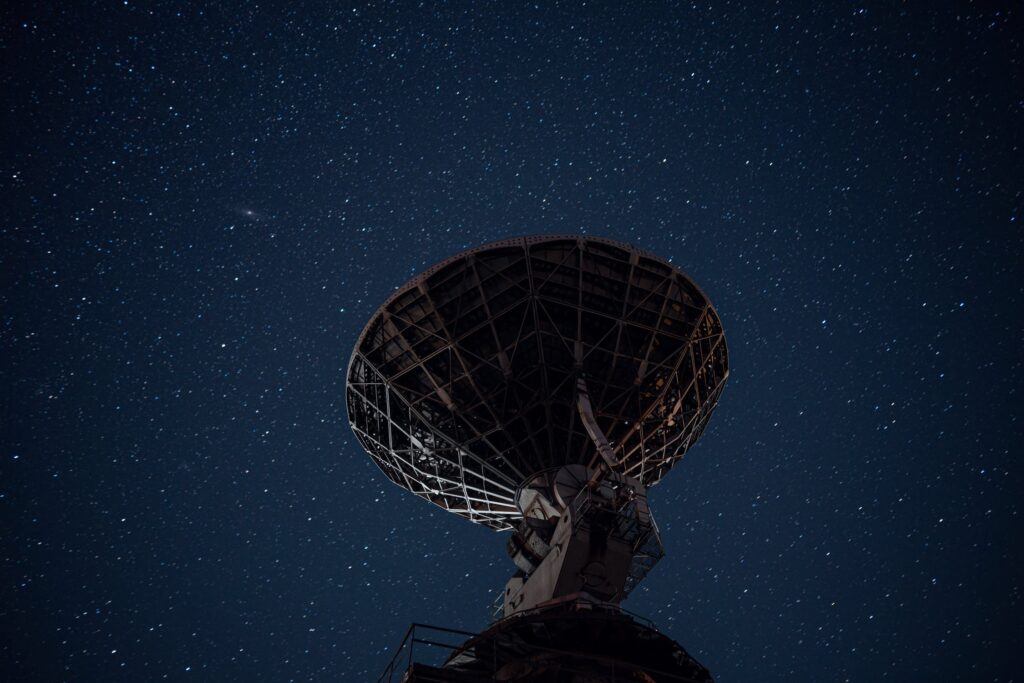US National Aeronautical Space Administration’s (NASA’s) Compact radar completed a testing program to allow drones to fly autonomously in crowded airspace. This was NASA’s final stage of its drone testing program, which was in partnership with the Federal Aviation Administration (FAA) and three partners in the industry to show potential commercial applications by using different size drones in various locations and different airspace classes.
DJI reported that Echodyne worked with NASA’s Armstrong Flight Research Center in California last month to test an AiRanger drone built by American Aerospace Technologies, Inc. flying on Echodyne’s compact radar system to detect and avoid “non-cooperating” aircraft on its own.
The drone was used to complete aerial inspections of gas and petroleum pipelines, covering 14.5 miles of the pipeline during the flight. This type of flight was chosen because it mimics what most commercial flights look like.
Echodyne’s ability to build fully functioning radars that are about the size and weight of a typical tablet computer opens up new applications for drones, such as self-guiding air taxis and cargo-haulers. Leo McCloskey, vice president of marketing put it,
“That’s our fundamental breakthrough. Autonomy is the future. Radar is the absolutely essential sensor you need in the array. We’re trying to establish what the rules are. We’re trying to create that safety package that would satisfy the FAA. All the big brands of the world are doing the same sort of dance…doing trials and experimenting with regulators.”*
Echodyne’s flat-panel radar antenna is small enough to be held in your hand. Echodyne was the result of Nathan Myhrvold’s Intellectual Ventures in 2014. The company holds a license to use Intellectual Ventures patents on metamaterials, which are artificially structured materials used to control and manipulate a range of physical phenomena, including how they reflect electromagnetic radiation.
It is believed that in the future this could include manipulating the way light beams bounce off objects, rendering them essentially invisible.
Using metamaterials allows Echodyne to build radars that are far smaller and require significantly less power than traditional radars, which also makes them cheaper.
McCloskey points out that the Echodyne approach provides drone builders and operators with radars that are “the right size, weight and power and the right cost. We’ve demonstrated that we know how to build the right sort of radar for this sort of mission.”*
While the company is waiting for the FAA to finish its work, it is moving ahead to produce and sell its radars for ground-based applications.
John Del Frate, NASA SIO senior project engineer, added:
“This commercial UAS demonstration offers a glimpse of the future as UAS like the AiRanger routinely and cost-effectively perform pipeline patrol missions, which is vital to keeping our environment safe. With pipeline patrol typically occurring in remote locations, it’s a perfect starting point for UAS to gain the data and experience necessary for flight in more complex airspace.”*
Future
NASA’s testing program to allow drones to fly autonomously in crowded airspace is a giant leap forward since airspace is often crowded, which has restricted so many drone operations. This opens up numerous potential commercial applications by using different size drones in various locations.
Echodyne’s compact radar system makes flying drones much safer because it detects and avoids “non-cooperating” aircraft on its own.



